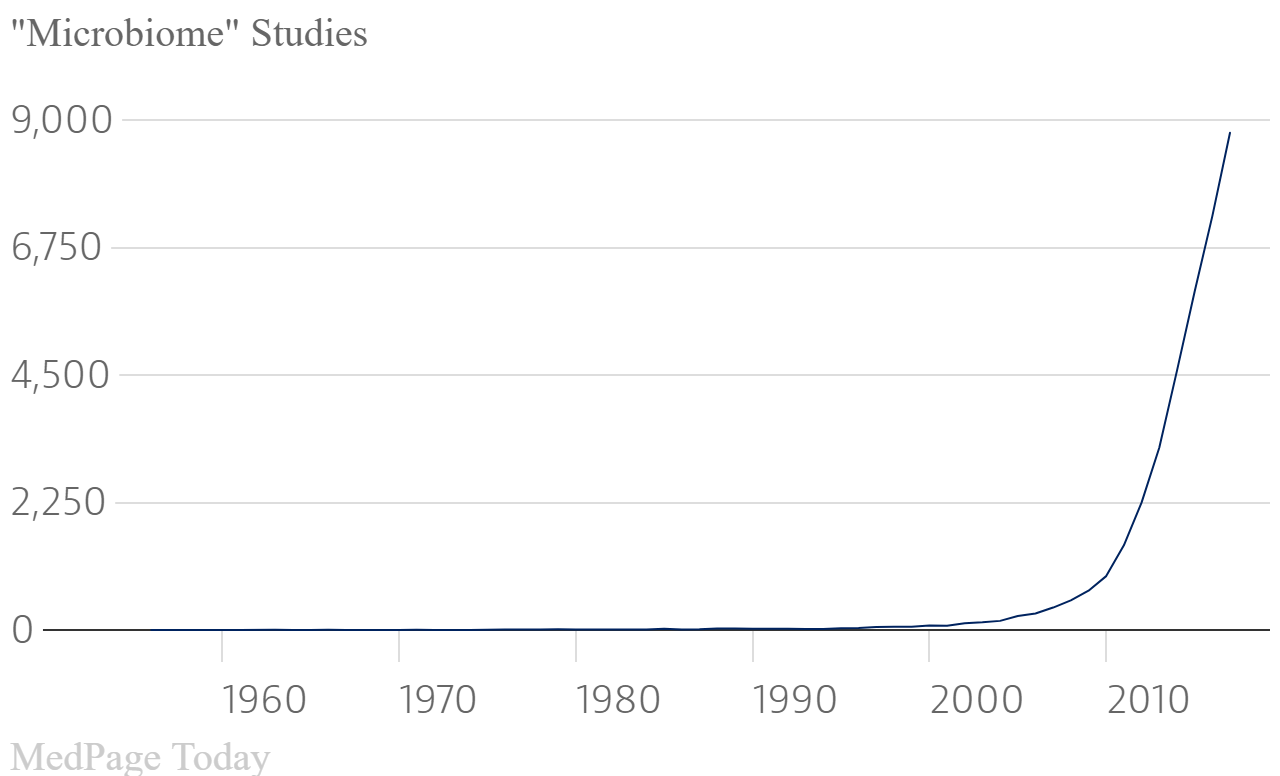Gut Bacteria May Link Maternal, Child Weight
/Overweight mothers tend to have overweight children, but the link is not entirely genetic. A new study suggests that the gut microbiome may play an important role.
Really good epidemiologic research gives insight into pathophysiology. When John Snow
– no, not that Jon Snow, this John Snow
- mapped a cholera outbreak to the Broad Street pump, we learned something about how the disease was spread.
You know something, John Snow.
Anyway this week we’re looking at a modern epidemiologic study examining the problem of childhood obesity – tracing the disease to its source, so to speak.
The paper by Anita Kozyrskyj and colleagues tries to untangle a complex web of exposures. Dr. Kozyrskyj was nice enough to walk me through some of the more complicated analyses. They looked at 935 mother-child pairs from the Canadian Healthy Infant Longitudinal Development Cohort. The primary finding is not particularly shocking.
Overweight and obese women were more like to have children who were overweight and obese at age 1 or 3 years.
But the plot quickly thickened. They found that when an overweight woman delivered vaginally, the risk of overweight in the child was three times higher than normal. But the risk was 5 times higher than normal when the woman delivered via c-section.
This association persisted even after adjustment for multiple other factors. There seemed to be something about C-section that increased the risk of childhood obesity.
Dr. Kozyrskyj wondered if the obesity effect could be mediated in part by the gut microbiome. They had gotten stool samples from all these kids at around 3 months of age.
Time to Invest
Now, microbiome studies have exploded onto the scene recently, and it seems clear that the interplay between our bodies and the trillions of bacteria that live inside us have important implications for health and sickness.
The newborn gut is probably close to sterile. But bacterial colonization starts happening at birth, essentially. And passage through the birth canal during vaginal delivery may be an important source of bacterial inoculation. Could this explain the difference in obesity rates between those kids born vaginally and those via c-section?
Ruminococcus of the Family Lachnospiracae
What the researchers found was that the abundance of a particular family of bacteria called lachnospiracae do in fact mediate part of the relationship between maternal weight and child weight.
Putting some numbers to it, overweight women who delivered via c-section were twice as likely to have kids with high levels of lachnospiracae, and kids with high levels of lachnospiracae were twice as likely to end up overweight or obese.
This is all preliminary work. We don’t have a smoking gun. But the study is important because it lends support to a really interesting hypothesis: that the initial inoculation with a set of bacterial flora has long-lasting effects.
So the next time someone says to you: “you have your father’s eyes”, you just shoot back “yes, but my mother’s microbiome”.






